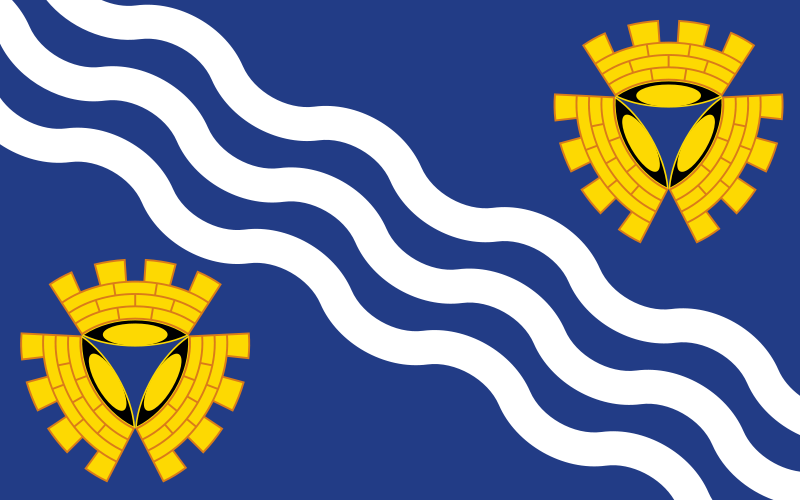 About - Merseyside
About - MerseysideConstituent country - England
No. of Areas - 5
Population - 1,423,065
Area - 647 km2
Pop. Density - 2,200 km2
Merseyside is a vibrant county in the northwest of England, known for its rich history, cultural heritage, and contributions to music and sports. Here are some key facts about Merseyside:
Location: Merseyside is situated in the northwest of England, bordered by Lancashire to the north, Greater Manchester to the east, and Cheshire to the south and west. Its location along the eastern side of the Mersey Estuary gives the county its name.
Formation: Merseyside was formed on April 1, 1974, as a metropolitan county in England, under the Local Government Act 1972. It was created by merging areas from the historic counties of Lancashire, Cheshire, and the county borough of Liverpool.
County Town: The county town of Merseyside is Liverpool, one of the most famous cities in the UK. Liverpool is known for its maritime history, cultural diversity, and as the birthplace of The Beatles.
Population: Merseyside has a population of over 1.4 million people, making it one of the most densely populated areas in the UK. The majority of the population resides in the metropolitan boroughs of Liverpool, Wirral, Knowsley, St Helens, and Sefton.
Liverpool: As the largest city in Merseyside, Liverpool is a major cultural and economic hub. It is famous for its UNESCO World Heritage waterfront, iconic landmarks such as the Liver Building and Albert Dock, and vibrant cultural scene.
River Mersey: The River Mersey runs through the heart of Merseyside, dividing Liverpool from Wirral. It has historically been a vital trade route and played a significant role in the industrial development of the region.
Football: Merseyside is renowned for its passionate football culture, with two of England's most successful clubs based in the county: Liverpool FC and Everton FC. The Merseyside derby, contested between the two clubs, is one of the fiercest rivalries in English football.
Music: Merseyside has a rich musical heritage, particularly associated with the Merseybeat sound of the 1960s, which produced bands like The Beatles, Gerry and the Pacemakers, and The Searchers. Liverpool remains a vibrant music city, with numerous venues and events celebrating its musical legacy.
Culture: Beyond music and football, Merseyside boasts a thriving cultural scene, with art galleries, museums, theaters, and festivals celebrating its diverse heritage. The Tate Liverpool, Walker Art Gallery, and Liverpool Empire Theatre are just a few examples of the county's cultural attractions.
Economy: The economy of Merseyside is diverse, with sectors such as maritime and logistics, manufacturing, digital and creative industries, tourism, and education playing significant roles. Liverpool's port, one of the largest in the UK, is a crucial driver of economic activity in the region.
Education: Merseyside is home to several universities, including the University of Liverpool, Liverpool John Moores University, and the University of Chester (which has a campus in Wirral). These institutions contribute to the county's academic excellence and research output.
Transport: Merseyside has well-developed transport infrastructure, including road, rail, and waterway networks. The Merseyrail network provides efficient train services across the county, while the Mersey Ferries offer scenic crossings of the River Mersey. Liverpool John Lennon Airport serves as the main air gateway to the region.
These key facts highlight the diverse and dynamic nature of Merseyside, a county with